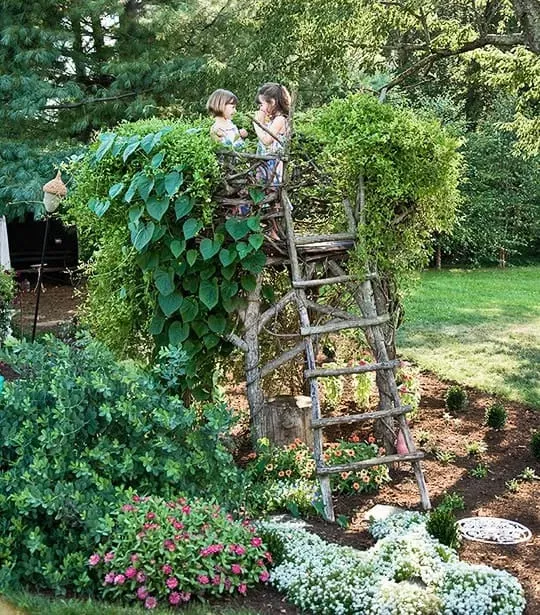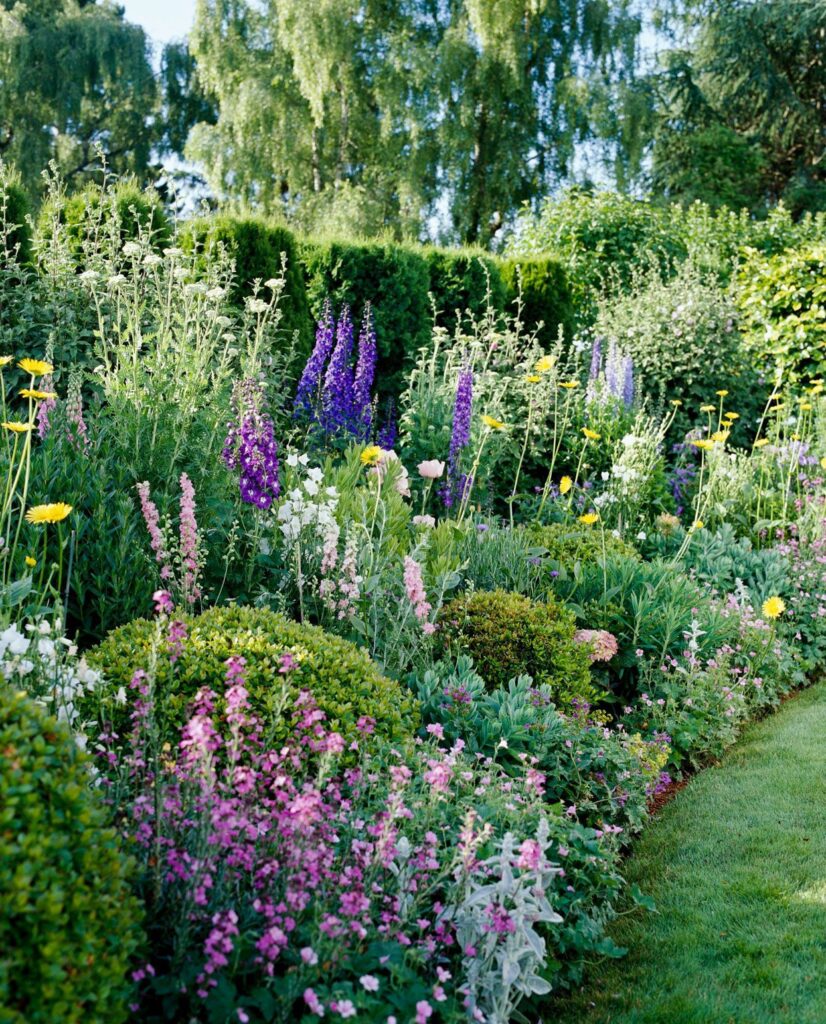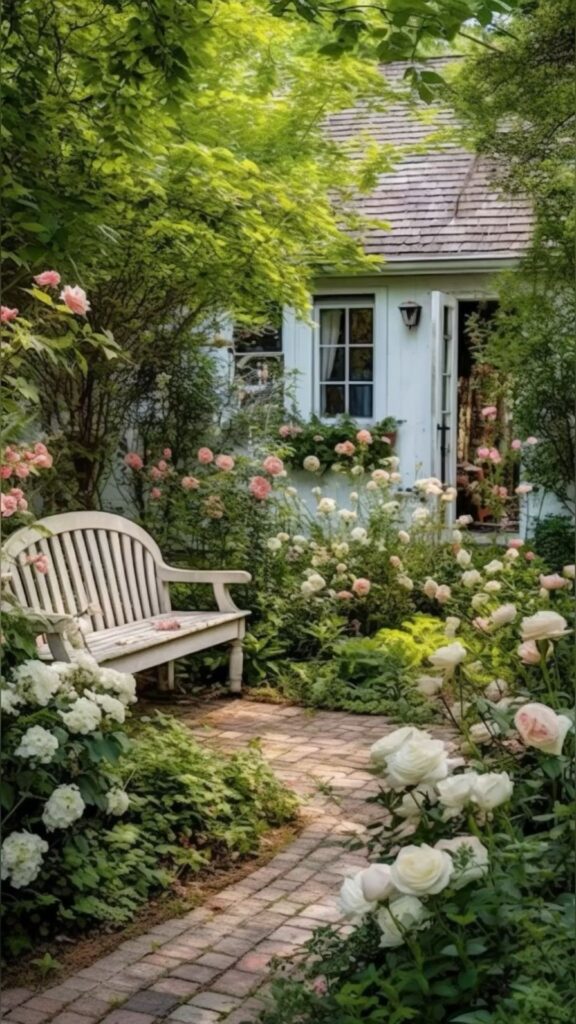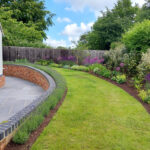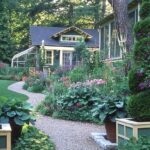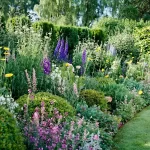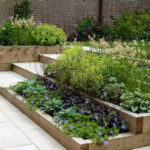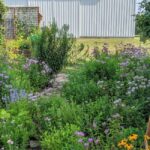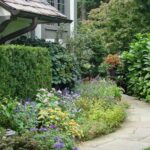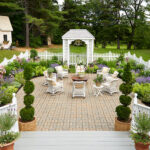Cottage garden design is a style that has been popular for centuries, known for its informal and romantic feel. These gardens are typically filled with a mix of flowers, herbs, and vegetables, creating a charming and picturesque setting. One of the key elements of cottage garden design is the use of traditional plants that have been grown for generations, such as roses, lavender, and peonies.
In a cottage garden, plants are often grouped together in a seemingly random fashion, creating a lush and abundant look. This informal planting style is meant to mimic the haphazard yet harmonious beauty of nature, with plants spilling over borders and pathways. Cottage gardens also often incorporate elements like trellises, arbors, and rustic fences to add to the whimsical charm of the space.
To create a successful cottage garden design, it is important to consider the overall layout and flow of the space. Cottage gardens typically have winding pathways that meander through the garden, allowing visitors to explore and discover hidden corners. Planting taller plants at the back of the garden and shorter plants in the front helps to create depth and visual interest.
In addition to flowers, cottage gardens often include herbs and vegetables, adding a practical element to the design. This not only provides a source of fresh ingredients for cooking but also adds a dynamic element to the garden. Mixing edible plants with traditional cottage garden flowers creates a charming and functional space that is both beautiful and productive.
Cottage garden design is not about rigid rules or formal structures, but rather about creating a sense of abundance and joy in the garden. By combining a mix of traditional plants, informal planting styles, and whimsical elements, cottage gardens evoke a sense of nostalgia and natural beauty. Whether you have a small suburban backyard or a sprawling rural property, a cottage garden can bring a touch of romance and whimsy to your outdoor space.
